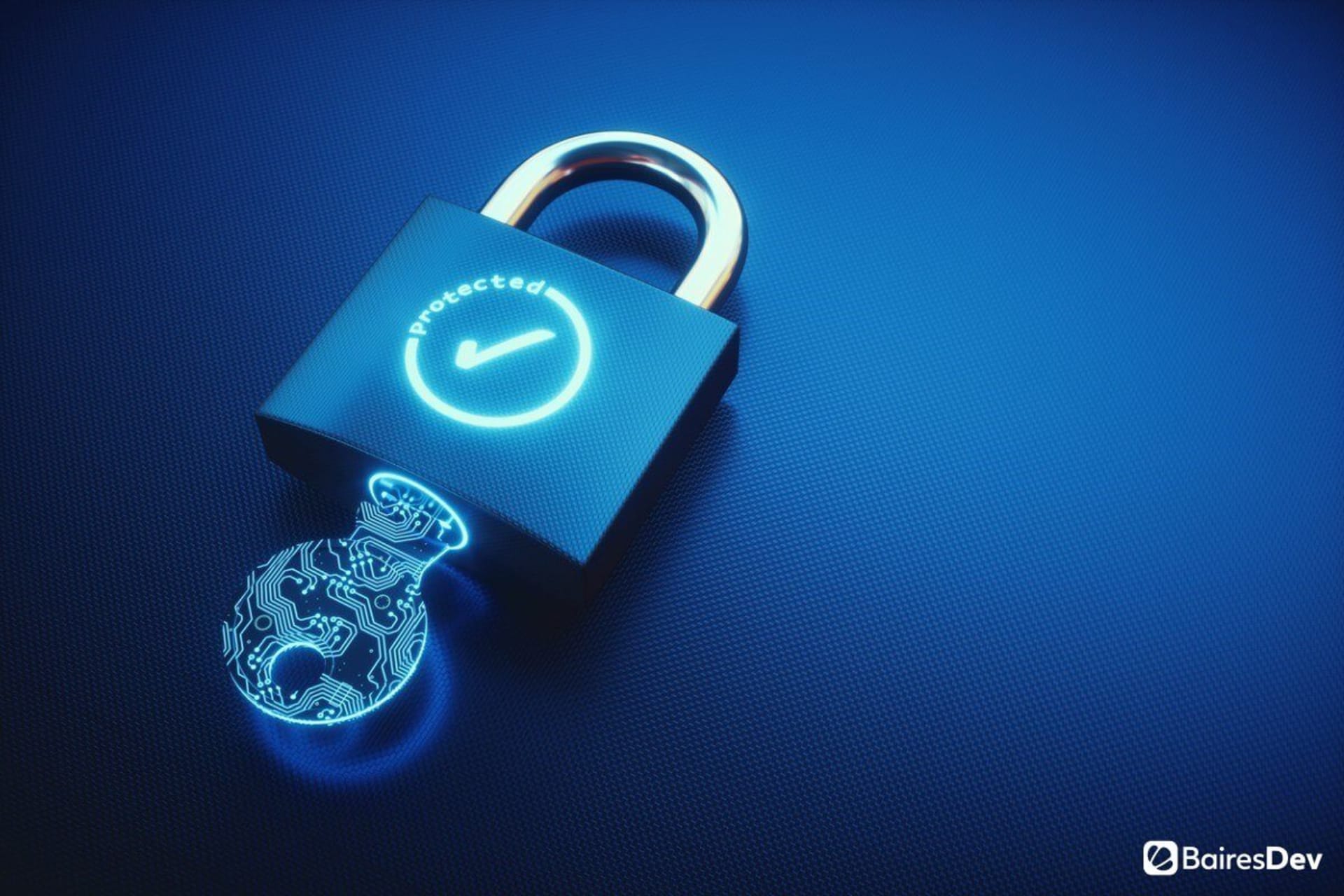A non-fungible token (NFT) is a unit of data that establishes proof of ownership of physical or virtual objects, stored in a blockchain. Physical objects can be just about anything, such as original works of art, while digital objects include online artifacts like Rainbow Cat and Jack Dorsey’s first tweet. The non-fungible aspect of NFTs refers to their uniqueness and the inability for them to be replaced by something else, such as a one-of-a-kind trading card.
One indication that NFTs are a big deal is Collins Dictionary choosing “NFT” as its word of the year in 2021, superseding the other important technology-related contenders “metaverse” and “crypto.” The World Economic Forum quotes a Collins representative as stating the reason the term was chosen is that NFTs are showing up in many different places, including art galleries, auction houses, and social media platforms.
While no one knows for sure how NFTs will evolve, business operators should be aware of their presence and their potential promotional value. Here we delve into the details about NFTs and explore ways to start thinking about how they can boost your business.
Types of NFTs
We mentioned that there are physical and digital NFTs, but let’s get more specific. Here are some types to watch for:
- Art, including paintings, as well as portions of art such as pieces of a Banksy creation, or artistic works in progress
- Celebrity-owned items such as William Shatner’s Star Trek memorabilia
- Digital objects like avatars, virtual real estate, or special equipment in a video game
- Digital works such as tweets, memes, GIFs, and other images
- Music or rights to musical works and video clips
- Physical objects like real estate, a baseball card, or a vintage car
- Real-world experiences such as a seat at a concert
What these items all have in common is that they are one-of-a-kind and can be associated with an NFT. Inc. notes that NFTs are part of the digital economy and that, in 2022, we’re likely to see them everywhere, including in movies, TV shows, books, and more.
The Value of NFTs
The sale price of some NFTs is jaw-dropping, including the nearly $3 million paid for Jack Dorsey’s first tweet, and the $500,000 paid for a digital house. So, what defines “value” in these situations? As with traditional art, the answer is that it lies in the eyes of the beholder. In other words, the value is the amount of money someone is willing to pay for an NFT. Another way to conceptualize the value of NFTs is the total sales volume for 2021, which some estimate to be more than US$27 billion.
The Metaverse Connection
The metaverse is a place where people can engage in professional, commercial, and recreational activities online (see the video below for a demonstration). It’s not just about recreation or gaming, or at least it won’t be in a few years. But gaming is the majority of activity taking place in the metaverse now, and NFTs are the next stage of online gaming evolution.
As noted in a recent Forkast article, for the first time, gamers can truly own their assets and even sell them for a profit on NFT marketplaces. Gaming-related NFTs are expected to lead the NFT market in the coming months.
Challenges to an NFT Boom
Like most innovations, NFTs face challenges. One is that their development is closely tied to the blockchain, which uses considerable amounts of computing power and electricity, which is bad for the environment.
Another challenge is the regulations developing around NFTs. It’s likely that regulations will be introduced for this new digital asset class in the coming months, though no one really knows what they will look like. However, they will likely address things like intellectual property rights, anti-money laundering issues, and cybersecurity concerns.
How to Buy and Sell NFTs
Companies that have created and want to sell NFTs must follow these steps:
- Choose an NFT platform and payment wallet. NFT platforms include Foundation, Nifty Gateway, and Rarible. NFT payment platforms include Coinbase, Fortmatic, and MetaMask.
- Buy some cryptocurrency. You’ll need it to pay the NFT platform, most of which charge fees in Ether (ETH), the native cryptocurrency of Ethereum. The ETH must be in a digital wallet connected to your NFT platform. You can create a digital wallet within your payment platform.
- Upload the file you want to convert into an NFT. The process will be slightly different, depending on which NFT platform you use. You’ll also create a title and description and set up an auction for your NFT, setting your minimum purchase price in the process.
- Pay the listing fee. This is the amount charged by the NFT platform. Note that there will be additional fees to pay, including one to generate the NFT, a commission fee on the sale, and a transaction fee to transfer funds from the buyer’s wallet to your own. Fees will vary depending on the current cryptocurrency value.
The Bottom Line for Businesses
The coming months should see a rise in the use of NFTs for branding and marketing, with mainstream corporations employing them to connect with customers in new ways. For instance, Time magazine has created a subscription model in which NFT owners automatically get access to all the company’s content.
But you don’t have to be a large enterprise to deploy NFTs for promotional purposes. Companies of any size and organizational structure, including non-profits, can take advantage of NFTs. In fact, charities are learning how NFTs can be highly useful and cost-effective in fundraising. The Forkast article uses the example of an awareness video that can be tokenized and programmed to send royalty payments to the organization every time the video is played or shared.
For smaller organizations, NFTs can be attached to unique items, such as coupons, tickets, or loyalty cards. You can also use them to create a crowdfunding campaign to kickstart the next phase of your business. As with all new media, businesses will need to experiment to find out how to use NFTs to their best advantage.







